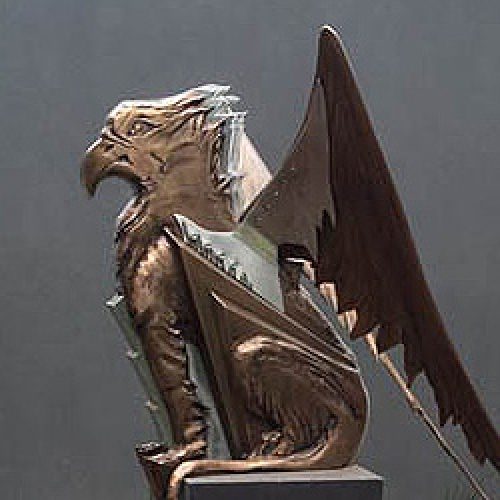Two dominant forces in the castings industry shape and condition metal products. First, scorching temperatures liquefy rigid metals. The amorphous alloys are then subjected to various casting processes. Among these, low and high pressure die casting technology governs the fabrication of dimensionally accurate parts. Why are two pressure variables employed in a streamlined processing environment? More to the point, what’s the difference between them?
Demonstrable Geo Relevance
Perspectives shift in different regions of the globe. Likewise, geographical location can influence engineering lexicons. What we’re trying to get at here is the employment of different processing configurations for different nations. Europe, for example, gravitates toward a low-pressure format. Try imagining a hypothetical aluminium castings factory in this region of the world. The liquefied aluminium is poured, so gravity-fed mechanisms dominate. Conversely, many other castings complexes use high-pressure frameworks. A shot cylinder is used as the delivery vehicle. The shot is piston-driven at great force, yet there’s control here, a governing force that ensures the final part fulfils its dimensional obligations.
Assessing Real World Differences
A series of moving parts binds with a strong kinetic energy source to position high pressure die casting among the costlier casting options. Tooling considerations aren’t prohibitively expensive, but they do cost more than moderately priced low-pressure die casting methods. Of course, a dynamic process, as determined by the shot-loaded input of the high-pressure method, is a great deal more productive than the gravity method, so it’s the obvious choice for large runs of die-fabricated products. Indeed, many engineers estimate a five-fold increase in repeatably manufactured parts when high-pressure layouts are employed.
Dimensional AccuracyM
Another effect of an injected force is the tightening of spatial tolerances. Simply put, a strong force pushes the liquid metal into every contour and every edge of the die to guarantee full geometrical accuracy. Wall thickness is also a more controllable parts characteristic when injectable metal is used. Of course, these benefits don’t rule out low pressure die casting as a productive manufacturing option, for moderate-to-good results are certainly attainable when gravity is the loading mechanism.
The differences between low pressure and high pressure die casting technology are definitely dramatic, not subtle like the variances seen in many castings processes. Fill is overseen in a gravity-regulated setting when the former process is employed. Meanwhile, the injected method requires hardened steel inserts and superior tools, but the results are always superior. They include refined dimensional accuracy, better wall thickness control, and all of the financial advantages that come with faster production.


